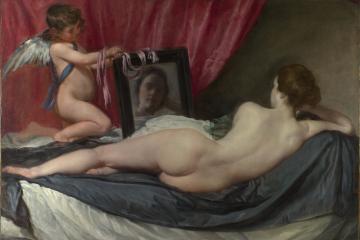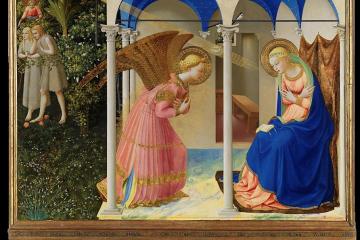The Persian empire exploded into life during the middle of the 6th century BC and was the largest empire in the world for the next two centuries. It stretched from the Mediterranean in the west to the Indus valley in the east, from the Eurasian steppes in the north to Egypt and Arabia in the south. In around 515, its third Great King, Darius I, commissioned the building of a new city, Persepolis, with his palace at its centre. We know a great deal about this palace, and one of its central features, the Apadana Staircase, can be seen in replica in the British Museum. What can this palace and its art tell us about the ideology of this extraordinary and influential empire?
THE ARTS SOCIETY ACCREDITED LECTURER

Mr James Renshaw
Following a degree in Classics from Oxford University, I have taught Classics at secondary school level since 1998, and currently teach at Godolphin and Latymer in London; here I run the school’s Ancient World Breakfast Club, which has an ethos similar to that of The Arts Society.
Since 1998, I have published a number of textbooks related to the classical world, including In Search of the Greeks and In Search of the Romans. In addition to my school teaching, I have also lectured for the V&A Academy, most recently on their Classical World and its Afterlife and Classicism from the Ancients to the Renaissance courses. I am a keen traveller, and am lucky enough to have taken many photos of ancient sites, a number of which have been used in my books.




